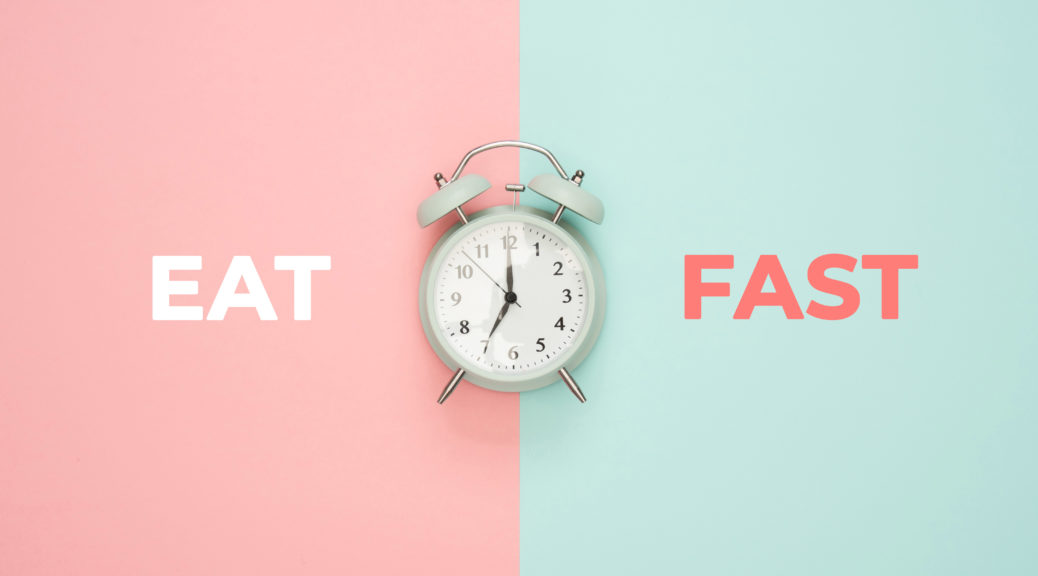
Intermittent Fasting Methods
Intermittent Fasting is basically a type of eating pattern where you fast and eat at a particular period. It is very effective for reducing body weight and burning fats, but also maintaining the muscles.
When we fast, our body starts burning fats stored in our body.
About four to six hours after you eat, the glucose levels in your blood decrease, triggering your pancreas to produce glucagon. This hormone signals your liver and muscle cells to change the stored glycogen back into glucose (this is the reason why we stop feeling hungry after a certain period).
When we run out of glycogen our body then starts burning fats and enters the state of ketosis to start burning fats faster, we should consume fewer carbohydrates which will lead to less glycogen being stored.
Types of Intermittent Fasting
The 16/8 method
The 16/8 method involves fasting every day for 14–16 hours and restricting your daily eating window to 8–10 hours.
Within the eating window, you can fit in two, three, or more meals.
For example, if you finish your last meal at 8 p.m. and don’t eat until noon the next day, you’re technically fasting for 16 hours.
You can drink water, coffee, and other zero-calorie beverages during the fast, which can help reduce feelings of hunger.
It’s very important to primarily eat healthy foods during your eating window. This method won’t work if you eat lots of junk food or an excessive number of calories.
The 5:2 diet
The 5:2 diet involves eating normally 5 days of the week while restricting your calorie intake to 500–600 for 2 days of the week.
For example, you might eat normally every day of the week except Mondays and Thursdays. For those two days, you eat 2 small meals of 250 calories each for women and 300 calories each for men.
Eat Stop Eat
Eat Stop Eat involves a 24-hour fast once or twice per week.
Fasting from dinner one day to dinner the next day amounts to a full 24-hour fast.
For example, if you finish dinner at 7 p.m. Monday and don’t eat until dinner at 7 p.m. the next day, you’ve completed a full 24-hour fast.
Alternate-day fasting
In alternate-day fasting, you fast every other day.
There are several different versions of this method. Some of them allow about 500 calories during the fasting days.
The Warrior Diet
The Warrior Diet was popularized by fitness expert Ori Hofmekler.
It involves eating small amounts of raw fruits and vegetables during the day and eating one huge meal at night.
Basically, you fast all day and feast at night within a four-hour eating window.
The Warrior Diet was one of the first popular diets to include a form of intermittent fasting.
This diet’s food choices are quite similar to that of the paleo diet — mostly whole, unprocessed foods.
Spontaneous meal skipping
You don’t need to follow a structured intermittent fasting plan to reap some of its benefits. Another option is to simply skip meals from time to time, such as when you don’t feel hungry or are too busy to cook and eat.
It’s a myth that people need to eat every few hours lest they hit starvation mode or lose muscle. Your body is well equipped to handle long periods of famine, let alone missing one or two meals from time to time.
Thus, if you’re really not hungry one day, skip breakfast and just eat a healthy lunch and dinner. Or, if you’re travelling somewhere and can’t find anything you want to eat, do a short fast.
Skipping one or two meals when you feel inclined to do so is basically a spontaneous intermittent fast.
Just make sure to eat healthy foods during the other meals.





